Technological Innovations
Technological innovations in home ventilation systems are driving the Home Ventilation System Market. Advancements such as smart ventilation systems, which can be controlled remotely and adjusted based on real-time air quality data, are gaining traction among consumers. These systems often integrate with home automation technologies, enhancing user convenience and energy efficiency. Market data suggests that the adoption of smart home technologies is expected to grow by over 20% annually, indicating a strong potential for innovative ventilation solutions. As technology continues to evolve, it is likely to attract a broader customer base, further stimulating market growth.
Rising Construction Activities
The resurgence in construction activities, particularly in residential sectors, is propelling the Home Ventilation System Market. As new homes are built, there is a growing recognition of the importance of incorporating effective ventilation systems from the outset. Data indicates that the residential construction market is projected to grow at a compound annual growth rate of approximately 5% over the next few years. This trend is likely to create a robust demand for home ventilation systems, as builders and homeowners prioritize health and comfort in their living spaces. Consequently, the market is expected to benefit from this upward trajectory in construction.
Regulatory Support and Standards
Regulatory frameworks and standards aimed at improving indoor air quality are significantly influencing the Home Ventilation System Market. Governments are increasingly implementing building codes that mandate the installation of ventilation systems in residential properties. For instance, certain regions have established guidelines that require mechanical ventilation in new constructions. This regulatory push not only ensures healthier living conditions but also stimulates market growth as manufacturers adapt to comply with these standards. The market is projected to expand as more jurisdictions adopt similar regulations, creating a favorable environment for ventilation system providers.
Rising Awareness of Health Impacts
The increasing awareness of the health impacts associated with poor indoor air quality is a primary driver for the Home Ventilation System Market. Studies indicate that inadequate ventilation can lead to respiratory issues, allergies, and other health problems. As consumers become more informed about these risks, the demand for effective home ventilation solutions is likely to rise. This trend is further supported by data showing that homes with proper ventilation systems can reduce airborne pollutants by up to 50%. Consequently, homeowners are investing in ventilation systems to enhance their living environments, thereby propelling the market forward.
Increased Focus on Energy Efficiency
The growing emphasis on energy efficiency is a significant driver for the Home Ventilation System Market. Homeowners are increasingly seeking solutions that not only improve air quality but also reduce energy consumption. Energy-efficient ventilation systems, such as heat recovery ventilators, allow for effective air exchange while minimizing energy loss. Market analysis reveals that energy-efficient home improvements can lead to savings of up to 30% on heating and cooling costs. This financial incentive, coupled with environmental concerns, is likely to drive demand for advanced ventilation systems that align with energy-saving goals.


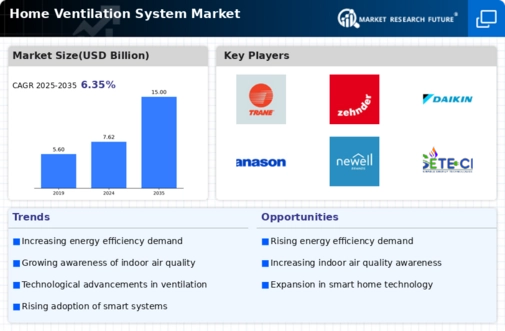
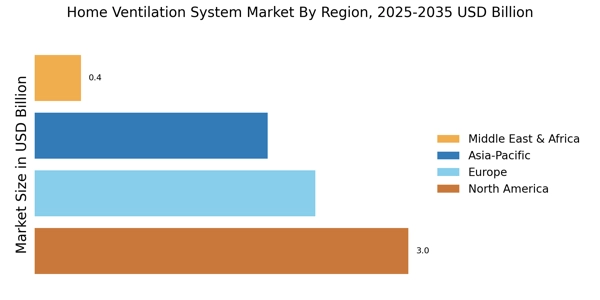
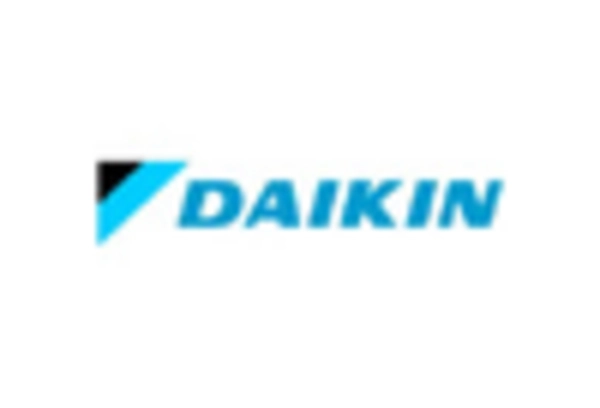

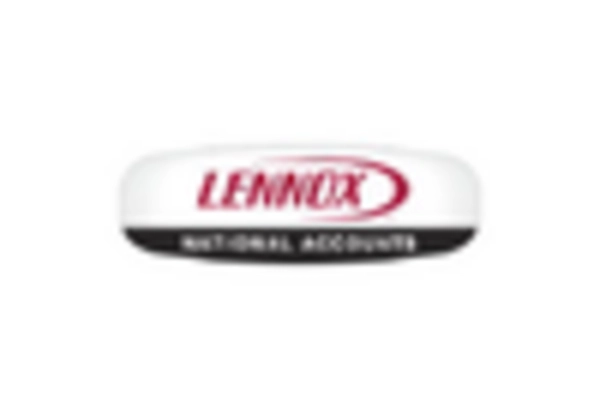

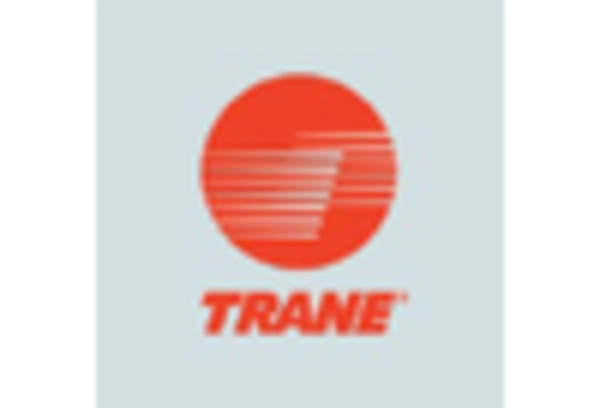
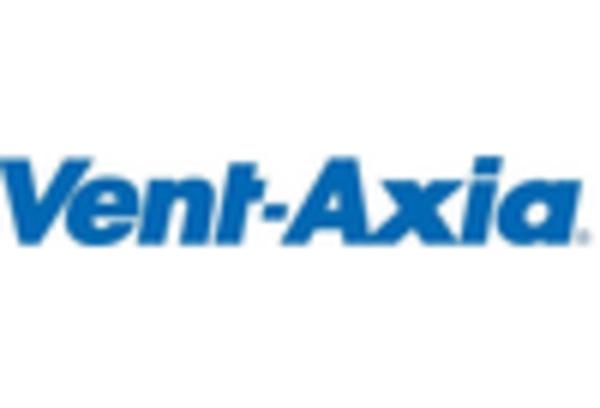








Leave a Comment